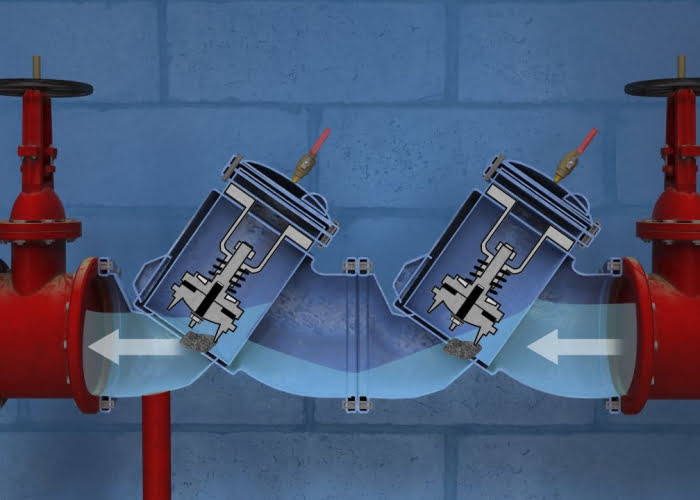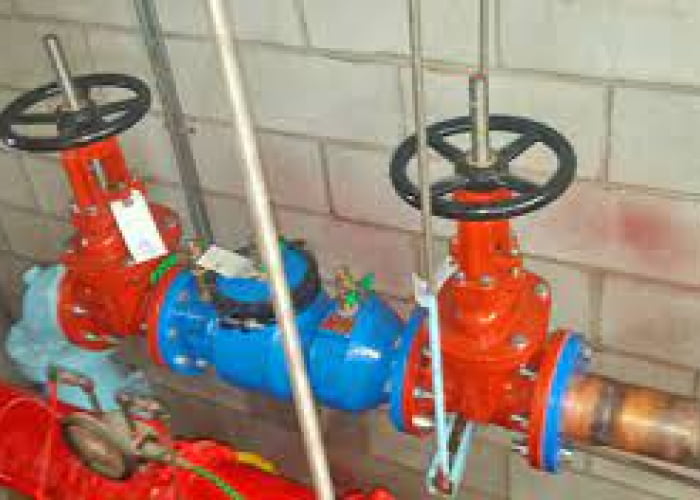You’re not alone if you have no clue what backflow prevention is, have never heard of backflow testing, or had no notion that backflow testing reports even existed in the first place.
Many plumbers are unaware of the problem of backflow, why it has to be prevented, how backflow testing works, why it needs to be done, who can do it, and what the heck a backflow test report is.
Failure to spot backflow can lead to dangerous and unsanitary water in the system. Failure to check your plumbers insurance online for cheaper quotes can also lead to overpaying and undercover! So, let’s get started with all things ‘backflow.’
What exactly is backflow?
It is the unintentional recirculation of water from a property into the public water system. Water pressure in your home is usually maintained at a steady and regular level to provide a continuous flow of water to all water outputs, such as your shower, sinks, and toilets.
It can occur if the following conditions exist:
- There is a decline in water pressure, such as when a pipe freezes or breaks, or when a pump malfunctions.
- A pump is running at the site in which the water pressure on the property is higher than the pressure at the water main.
- There is a higher-than-normal demand on the water supply, such as the extra demand caused by firefighting.
- There are cross-connections in a user’s home, such as poor plumbing, that cause garden hoses to be submerged in tanks, pools, or buckets.
Backflow is a severe problem because it can cause germs, chemicals, oil, dirt, and other debris to enter the drinking water supply, thereby contaminating it.
What exactly is a backflow preventer?
Every property that is linked to mains water must have suitable backflow prevention measures in place to protect public health and public drinking (potable) water reserves and supply systems. Installing a backflow prevention device at specified spots in your property’s plumbing system where there is a known danger of polluted water flowing back into the supply system is one method of preventing backflow.
This prevention device is usually required by water supply authorities to be installed on the mains freshwater supply pipe at the property’s boundary, usually on the water meter. A licensed plumber with backflow prevention accreditation provided by a recognized training organization (a ‘backflow plumber’) must inspect the site and inform the property owner of the property’s backflow prevention needs. The type of backflow prevention device required is determined by the danger rating.
Many water meters are equipped with a basic, non-testable backflow prevention mechanism, making them suitable for installation in homes with a low hazard rating. For premises with an unmetered connection and a low danger rating, separate backflow devices are necessary.
A second device is also required for medium and high hazard properties, as well as low hazard homes with bigger water meters. The property owner is responsible for ensuring that a backflow prevention device is installed that is appropriate for their property’s hazard level.
The fully licensed plumber who installs the backflow prevention device must verify that it is appropriate for the hazard rating of the property and must inform the property owner of the device’s maintenance and testing needs. While any qualified plumber may install the device, it must be commissioned and have its first testing conducted by a backflow compliance plumber.
What is backflow testing?
Backflow testing confirms that the preventive devices are working properly. In compliance with AS/NZS 2845, testing can be done in a variety of methods. Backflow prevention devices in the water supply – Depending on the type of device deployed, field testing and maintenance of testable devices are required.
Backflow prevention devices that are testable must be tested as part of the commissioning procedure at the time of installation. After installation, the property owner is responsible for ensuring that testable devices are properly maintained and tested on a regular basis, as many of them involve elements that might fail, such as internal seals, springs, and valves. Both residential and commercial property owners are subject to this obligation.
How often should backflow testing be performed?
The type of backflow device required is decided by the site’s danger rating, which is determined by the standards for testing backflow devices.
Low-risk properties
The majority of residential properties with single-family homes are rated low-risk. This implies that while the threat they offer to the water supply system may be annoying, it poses no health risk.
In most cases, low-hazard properties do not need the installation of a tested preventive device. Simple, non-testable backflow prevention devices are built into many smaller water meters (usually 20mm and 25mm meters) that are safe for use on low-hazard properties.
Testability is not required for low-hazard premises with separate backflow devices on unmetered water connections or bigger water meters. A plumber who is certified in backflow prevention will be able to advise you on the requirements for your home.
Medium-risk properties
Properties with a medium hazard rating have been identified as posing a risk to the water supply system that might jeopardize public health. A tested preventive device is required for such premises, with many water supply authorities demanding the installation of a device with a double check valve. When these devices are originally installed and commissioned, they must be checked and tested, and then they must be re-tested yearly.
High-risk properties
Properties with a high hazard rating are those that have been determined to pose a risk to the water supply system to the extent that any backflow issues could result in death. A tested backflow prevention system is required for such premises, with many water supply authorities mandating the construction of a reduced pressure zone, registered break tank, or registered air gap. When they are originally installed and commissioned, they must be tested and subsequently re-tested every year.
Who is qualified to inspect backflow protection devices?
Backflow protection equipment can only be tested by qualified plumbers. Once testing has been completed, the accredited backflow tester must submit an approved test certification report to the water supplier to certify that the device has been tested and is operational, in good repair, and complies with AS/NZS 2845: Water Supply – Backflow Prevention Devices.
This certification report must be provided to the water supplier within a specific deadline, which varies depending on the water supply. The standards for filing the report to your local water provider will be familiar to a local qualified plumber.
Read Also:






























